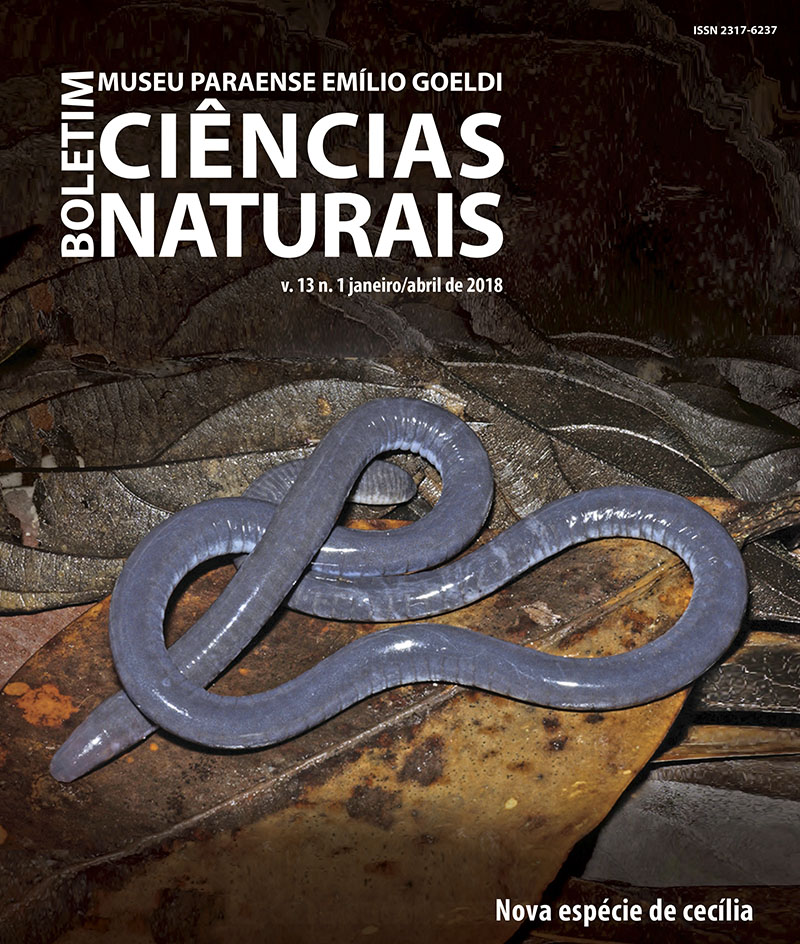Gathering of the mangrove crab from traditional knowledge: socioeconomic profile and innovation of extraction in Rio de Janeiro State, Brazil
DOI:
https://doi.org/10.46357/bcnaturais.v13i1.367Keywords:
Crustaceans, Trap, Traditional gatherers, Northern fluminenseAbstract
This study describes a local cultural innovation ('ratoeira' or rat-trap) used in the community of Gargaú, northern Rio de Janeiro State, for commercial gathering of the mangrove crab [Ucides cordatus (Linnaeus, 1763)] in mangrove forest of the Paraíba do Sul River estuary. Data collection was done between April and May 2016 from 30 ethnographic interviews conducted with crab gatherers and field observations. In the study area, mangrove crab gathering is done by 'redinha' or net method, 'braceamento' or arm method, and 'mão' or hand method, and more recently by 'ratoeira' or rat-trap. The 'ratoeira' is a local innovation to U. cordatus gathering that has been used since 2013. This artifact is a trap consisting of a trap door made of plastic and wood. The 'ratoeira' catches live animals, allowing sex and size selection of mangrove crabs for commercialization. The local non-traditional gathering methods of mangrove crabs, such as 'ratoeira' and 'redinha', should be considered with local management strategies to minimize their impact on population harvested for commercial purposes
Downloads
Published
Issue
Section
License
Publication means fully assigning and transferring all copyrights of the manuscript to the journal. The Liability Statement and
Assignment of Copyrights will be enclosed with the notice of acceptance. All the authors must sign the document and return it to the journal.








